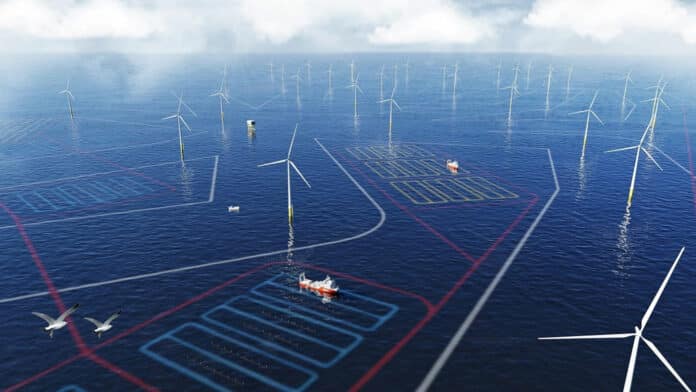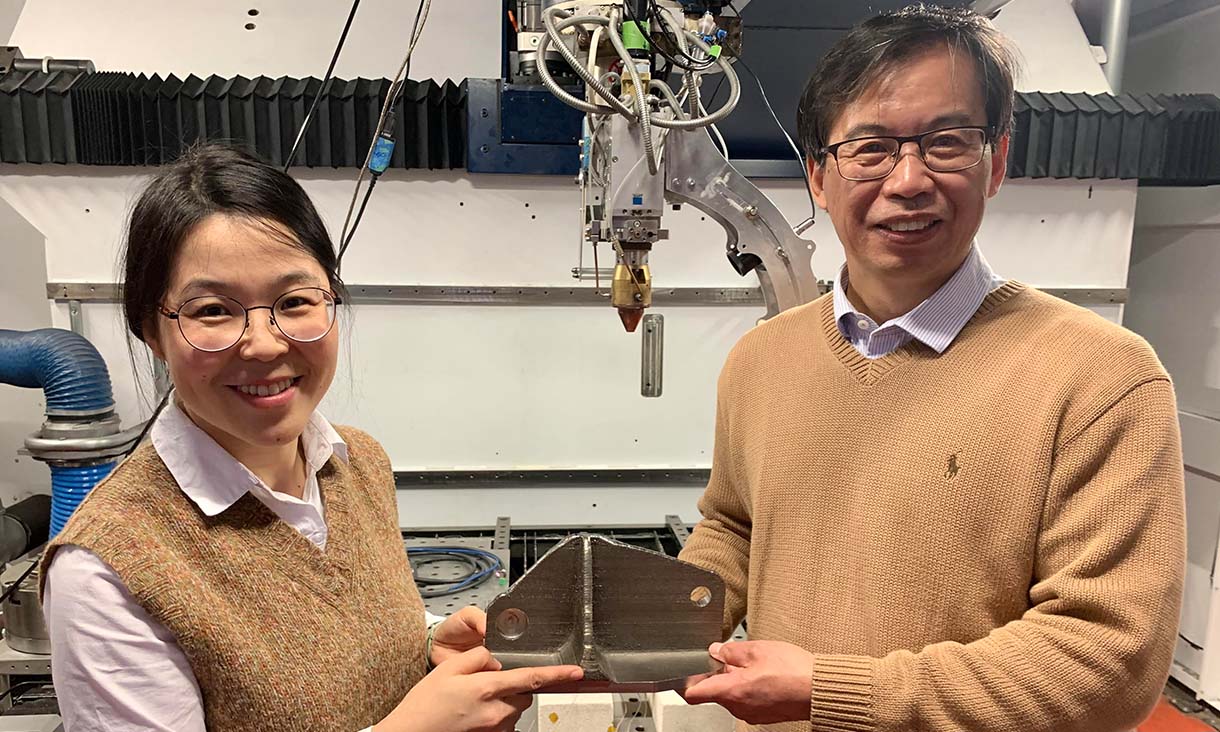Laboratory Ecospheres vs. Manmade Biospheres
The earth exists in a closed ecological system, a biosphere, an oasis in the hostile environment of space, which provides life support for humans and other biological creatures from algae to sweet potatoes. Fortunately, for creatures living on the planet there is a plentiful supply of oxygen for breathing and water and food which seldom runs out. At the same time, Earth’s ecosystem takes care of air, liquid and solid waste recycling through biological and physiochemical processes. But in a closed ecosystem, the byproducts of human activity, such as breathing and cooking, if not recycled, contaminate the environment, making it difficult for its occupants to survive long-term.
In recent decades, humans have begun the process of designing and building tightly sealed ecological test facilities and environments, such as the space shuttle and biosphere projects, all with a vision towards creating ecosystems that can support life with air, water, and food in far off destinations like the moon and Mars. More recently, due to climate change, the creation of biospheres has a new urgency due to the need to take corrective action to stabilize the earth’s biosphere and put it on a sustainable path. The study of ecology, chemistry, biology, weather patterns and related subjects are key elements that need to be understood in order to create bio-regenerative environments.
In the US, we saw Biosphere 1 & 2 and in Japan, the Closed Ecology Experimental Facilities (CEEF), which have several artificial ecosystems. One of the litmus tests for the creation of a closed ecological system is the “annual leak rate”, which is the rate at which air escapes from the closed environment. In Biosphere 2, the leak rate was less than 10%, which, according to NASA, is 300 times more tightly sealed than the space shuttles.
Designing Experimental Life Support Systems
Much of the science surrounding biospheres has transitioned from description to experimental science over the past 20 years. This has allowed for the measurement and monitoring of initial conditions in closed ecological systems and tracking measurement of key variables such as energy levels, growth patterns, air contents, vapor content and more.
These types of projects are obviously in their infancy as many closed ecological systems contain just a handful of humans and a few other species of animals. Each animal or organism consumes certain substances while excreting wastes and all of these must be accounted for if the biosphere is to support life long-term. These processes are referred to as food webs or chains and typically have developed over tens of thousands, if not millions of years.
A Cruel Fate May Await
An honest assessment of bioengineering, geoengineering and other attempts by humans to model and manipulate the environment and life suggest that it may be too late to fix climate change and other threatening problems as these tools are currently woefully inadequate in the face of an environment that has developed over billions of years.
Following is an HD Aerial Video of Biosphere 2:






